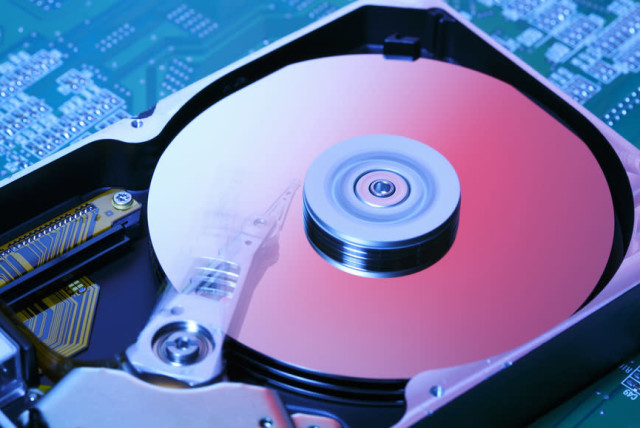
Everything you Need to Know About RAID Data Recovery
May 26, 2021One of the common methods of storing data involves a RAID system. The term RAID is an acronym for redundant array of independent disks. It was first designed in 1987 and is now used to refer to any data storage method that separates and duplicates information between a series of disk drives.
RAID technology improves the reliability of your data storage by creating a network of disk drives on which your data is stored. That way, if one drive fails, your data is still protected as it is stored on another drive in the array. This redundancy exists to protect you against the loss of your information. The probability of each drive in your array failing simultaneously is quite small. As an added benefit, raid data recovery services systems increase the speed and availability of your data.
Despite the relative safety of RAID data storage, the system can sometimes fail due to a number of issues such as:
- Computer viruses
- Power surges
- Physical damage, such as fire, water, or impact damage
- Controller Failure – Most RAID systems have multiple drives but only one controller. If the controller goes, so does the entire array.
- Multiple Drive Failure – This doesn’t happen very often, but since all drives in your system experience roughly the same amount of job stress, once one drive fails, the other or others may not be far behind.
- Loss or incorrect configuration of the inverters
- Reformatting problems
- Occasional failure of one or more of the drives, which can cause the RAID array to deteriorate over time
When a RAID failure occurs, it can have a catastrophic effect on your business. It goes without saying that the best defense against RAID data failure is to back up your system regularly. The relative safety of a RAID array can give you a false sense of security in the security of your data, making you feel like no backups are needed, but this lack of foresight can spell disaster.
If disaster strikes, you have two options. You can buy a RAID data recovery software and install it before experiencing any problems. These data recovery programs can access your drives, assess, and possibly repair the potential problem, as long as you don’t have physical problems with the array.
Most likely, you will need to use a professional data recovery service to diagnose and repair your matrix after your data is lost to try to get it back. From a technical point of view, RAID data recovery is one of the most difficult forms of data recovery.
There are a few things you can do to protect yourself from the danger of losing your data due to RAID array failure:
- Back up your data regularly
- Document your array configuration during original setup, including physical setup and connection order
- Test your system’s ability to recover from drive failure (only after making sure all your data is backed up!)
- Replace a hard drive immediately when it fails, ensuring that the replacement has been previously tested and fully meets your system specifications.
- If your RAID has a corrupted file system, do not attempt to rebuild it as this will further damage your data.
- Never ignore a RAID failure warning or any abnormal sounds or system behavior. This can cause you to run your hard drive in a degraded mode, leaving you with no other options if a second drive fails in the array.
- If more than one drive is at fault, there is nothing else you can do to recover your data on your own; you need to call a professional data recovery company
- Don’t keep trying different things to get your data back. Often times, this only makes things worse and decreases the likelihood that you will get your data back. Call a professional and have it repaired as soon as possible.
As with many things in life, a little preparation goes a long way in storing and protecting your data. RAID systems rarely fail, but when they do, the results can be devastating for you and your business. Make sure your system is configured correctly, take steps to keep it safe, and correct any individual drive failures as soon as they become apparent.
Finding an experienced and reputable data recovery company that you know you can trust in an emergency is worth it. These professionals can save your life when your RAID system fails. Help ensure its success by making sure to document the details of your array and its configuration. Having those details to provide to the data recovery technicians will ensure the best chances of a successful data recovery.


